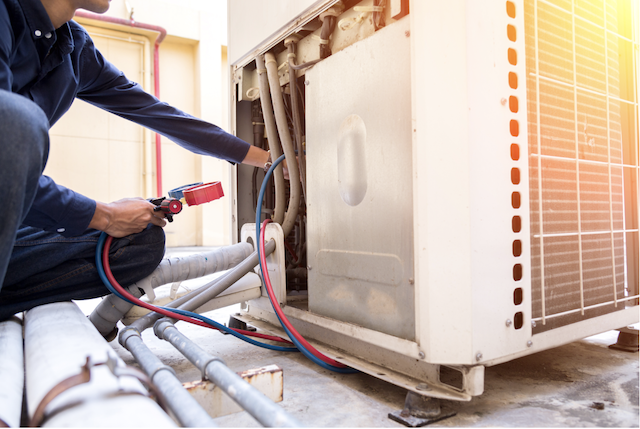Slot Volatility and How It Impacts Your Gameplay
Slot machines come in a wide variety of shapes, sizes and volatilities. Volatility refers to how often a slot pays out and the size of those payouts. Low volatility slots pay out frequently but with smaller amounts, while high volatility slots have bigger payouts that happen less frequently. Understanding the science behind slot volatility can help you pick the best slot machines to match your budget and gameplay style.
How Slot Volatility Works
Slot volatility is calculated using the standard deviation of all potential payouts on such sites as Nine Casino online. Standard deviation measures how dispersed a set of numbers is from the average. A low standard deviation means the payouts tend to be very close to the average payout, while a high standard deviation means there is high variation in the payout amounts.
Slots with a low standard deviation have a low volatility – they pay out frequently, but the amounts are usually small. Playing low volatility slots feels less risky since you regularly recoup money to keep playing, but the wins are less exciting.
High volatility slots have a high standard deviation of payouts. You might go long stretches without any wins, but when you do win, the amounts are much bigger. While high volatility slots are riskier, they offer the chance for those huge, exciting jackpot wins.
Here’s a comparison of key stats between low and high volatility slots:
| Metric | Low Volatility | High Volatility |
| Hit frequency | High | Low |
| Payout size | Small | Potentially huge |
| Risk level | Low | High |
| Excitement level | Low | High |
Examples of Low and High Volatility Slots
Classic 3-reel slots and fruit machines are typically low volatility games. The wins come around frequently to keep you invested, but don’t expect huge payouts.
Video slots allow for more volatility variation. Games like Cleopatra and Da Vinci Diamonds have low volatility with steady small payouts, while Buffalo, Game of Thrones and Jackpot slots swing towards high volatility with potential big wins.
Progressive jackpots take volatility to the extreme. The volatility is initially high, but after the progressive jackpot hits, the volatility recalculates to be low again until the jackpot builds up. Playing during high volatility means bigger payout if you hit the jackpot!
Optimizing Your Gameplay Based on Volatility
Now that you understand the volatility differences between slot machines, you can better pick games to match your budget and goals.
If you want low-risk gameplay and are playing purely for entertainment rather than big payouts, low volatility slots are a better option. With frequent small wins, you’ll be able to extend your gameplay without quickly draining your bankroll.
For excitement and the chance to win big, play high volatility slots. Just beware, the bankroll can deplete rapidly during cold stretches without payouts. Have a strict budget and stick to it if you play high volatility games.
Consider Your Bankroll
The amount of money you have to play with will impact the best slots volatility strategy. If playing slots purely for entertainment and wanting to make your bankroll last, low volatility slots maximize playtime. However, those with bigger bankrolls can absorb the risk of high volatility slots in exchange for the bigger payout potential.
When setting your slot machine budget, make sure it is an amount you are comfortable losing. Never play with rent or grocery money! Only use additional discretionary income so that you can make rational decisions without emotion or desperation.
Think About Your Goals
Why are you playing slots? Are you there primarily for entertainment and small wins or are you swinging big for a chance at life-changing jackpots?
Casual slot players looking to relax and unwind do best with low volatility games. The activity itself and small payouts provide ongoing engagement. However, serious slot players willing to take on higher risk need to play high volatility games to have a shot at major payouts.
Match the slot volatility to align with your reasons for playing. This keeps gameplay both responsible and optimized for your desired outcomes.
Consider Session Duration
Available time is another factor when picking low versus high volatility slot machines. Those with just a few minutes should play low volatility slots to experience several payout cycles within a short timeframe. But players with hours to play have more leeway to endure the short-term losses of high volatility games while waiting for that one big payout.
Maximize your chances for winning slots sessions by aligning volatility to your timeframe. Play low volatility when time-limited or high volatility with ample time to endure the inevitable dry spells.
Bottom Line
Combining low and high volatility slots is an optimal strategy. Play low volatility to build up small wins, that fund spins on high volatility games with potential for bigger wins. This balances risk while still offering chances at exciting jackpots.
As you assess slots, look up the stats on the standard deviation of past payouts. This quantifies the volatility so you can better optimize your budget and gameplay style. By applying volatility science, you’ll boost your chances for slots success!





